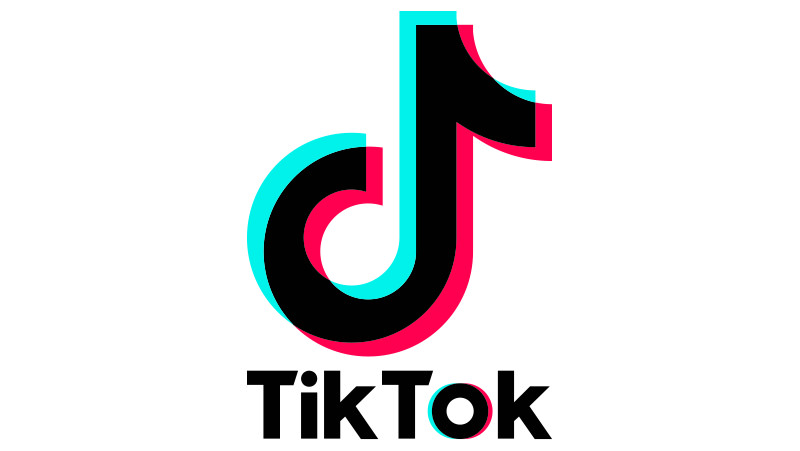After Vine was removed from the App Store in 2016, internet users around the world looked for a new platform that would allow them to post short videos in a similar format. Many turned to Musical.ly, which allowed them to lip sync to already existing sounds or create their own, and many creators amassed a following. In 2018 the app rebranded, and began going by the name TikTok. It quickly gained popularity, and now it’s hard to find a teen without the music note icon on their phone.
TikTok currently has 800 million users worldwide, according to an Oberlo recap of the app’s statistics. While this may seem like a small amount compared to the billions of users on other social media such as FaceBook or YouTube, TikTok is unique in that it’s most used by young people, either millennials or Generation Z, two demographics that have become almost obsessively engaged with the platform.
SMHS junior Eden Bahatt says she’s on TikTok “a lot, like at least three hours a day.” She’ll spend most of this time scrolling through her For You Page (FYP), where a user can watch videos made by any creator on the app that the algorithm chooses based on the user’s preferences. By interacting with videos on topics she enjoys through liking, commenting, sharing, or even following the creator, she teaches the algorithm what type of content she wants to see. For example, Eden loves the popular, though defunct, boyband One Direction. By liking videos tagged with phrases like #1D or #harrystyles, she’ll start to see more and more similar videos, to the point where she can say that she’s on the One Direction “side” of TikTok.
The term “side” of TikTok is used to refer to the type of content a user sees on their FYP. If someone is seeing content that relates to the LGBTQIA+ community, and their FYP is filled with queer creators, they would say they are on the LGBTQIA+ side of TikTok. This is paralleled by what’s often referred to as straight TikTok, where one sees the popular TikTok dances, and where many so-called TikTok star’s content shows up. Alternative TikTok stands in between the two, a place filled with general comedy. Alternative, gay and straight TikTok are probably the most commonly refered to sides, but there are also smaller, more specific ones, such as One Direction.
The “sides” of TikTok often revolve around a common interest shared by various users. This can be as important as politics TikTok, where people can share information and engage in debates, or as trivial as the recent phenomenon of Draco Malfoy TikTok, where users can obsess over a singular fictional character. If there’s a large enough community that’s consistently creating content about it, it can be a side of TikTok. Other examples include anime TikTok and cosplay TikTok, or the somewhat niche beans TikTok and frog TikTok.
The best thing about being on a “side” of TikTok is that it allows you to be part of a community. You can connect with people who have similar interests and opinions, and even form long distance friendships. “I think creatively, it allows some people to collaborate that wouldn’t usually,” says Nicholas Seyfreid, a junior at San Mateo High School. There are even romantic relationships that have formed because the couple met through TikTok.
Overall, Tik Tok has had a positive impact on so many of its users’ lives. Though it’s been a subject of controversy with the Trump administration attempting to ban it from the US multiple times, it’s users have risen up with an outpouring of support, advocating for the app.. It’s a place where users can have fun and express themselves, and share content about their favorite things. All together, it’s a well-made app with a mostly fantastic community of users.

